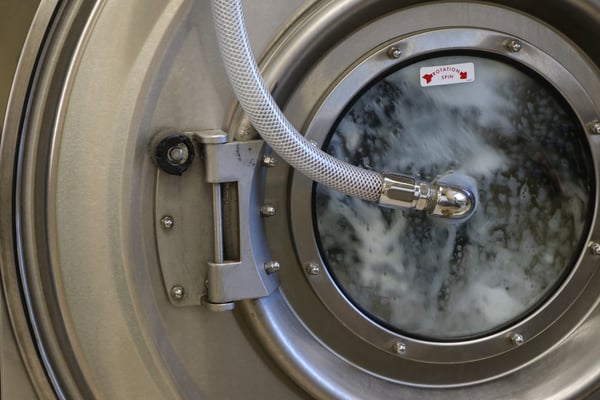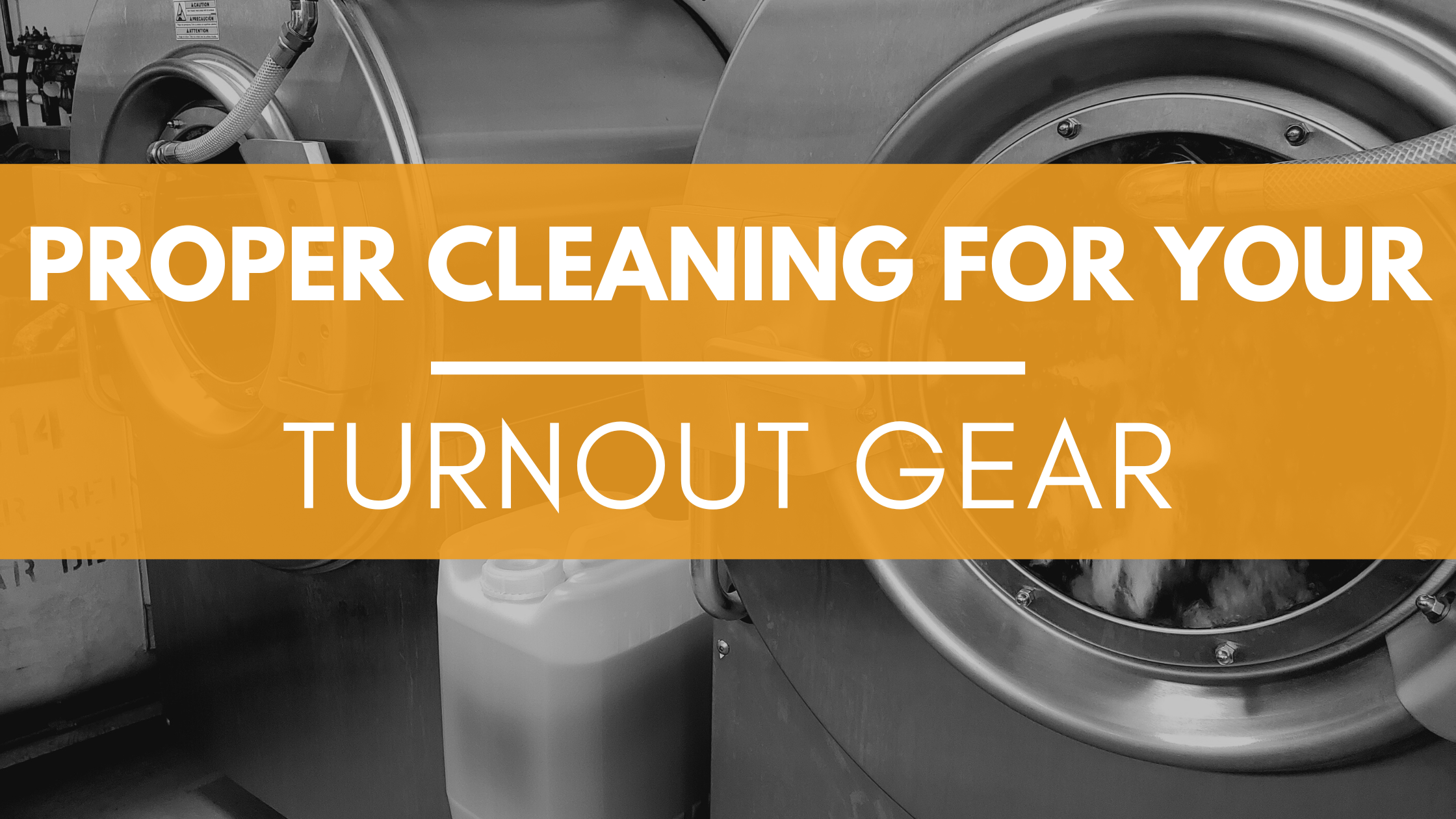NFPA 1851 is the standard on PPE selection, care and maintenance. The purpose of this standard is to reduce health and safety risks associated with improper maintenance, contamination, or damage like exposure to harmful carcinogens that are often present in structural fires. 🔥
Sometimes it's hard to get to an ISP to get your cleanings done. That's why we've created a guide to walk you through the proper cleaning for your turnout gear.
Step 1: Preparation
To begin, don necessary universal precautions (gloves, safety glasses) and remove the inner liner from the outer shell. Invert the inner liner so the quilt side is facing out, then remove the DRD from the outer shell. Check all pockets and remove items and fasten all closures, including pocket closures, hook & loops, snaps, zippers, and hook & dees.
Heavily soiled or spotted areas should be pre-treated by soaking in detergent and water.
Step 2: Add Gear into Extractor
Start by separating liners and outer shells for washing. Gloves & DRDs should be placed in a mesh bag and washed with shells, while hoods and helmet ear flaps can be washed with liners. Load the basket so that when looking through the glass door, it's ¾ full.

Step 3: Programming the Extractor
Power on the extractor and select the appropriate pre-programmed selection (refer to the manufacturer's user guide for recommended settings). If an automated pump is not present, manually add an approved detergent as the machine is filling with water (refer to the detergent's directions for appropriate detergent to water ratio). 💧
Water temperature shouldn't exceed 40°C or 105°F and use only specified detergents appropriate for turnout gear with no chlorine bleach or solvents & a pH level between 6-10.5.
Step 4: Remove & Inspect
It's important to always inspect gear after each wash to ensure it was thoroughly cleaned. Rewash as necessary and ensure all soap was removed. If soap suds remain, rinse as necessary until the gear is sud-free.
Step 5: Drying
Air-drying is the best course of drying in an air-drying cabinet or a dark space with good ventilation. If you choose to machine-dry, it should be done with a "no heat" or "air dry" option. When drying, keep liners and outer shells separate. Don't dry ensembles in direct or indirect sunlight, fluorescent light, or UV light. The temperature should never exceed 40°C or 105°F. Wait to return any garment to service until it's fully dry.







Leave a Reply